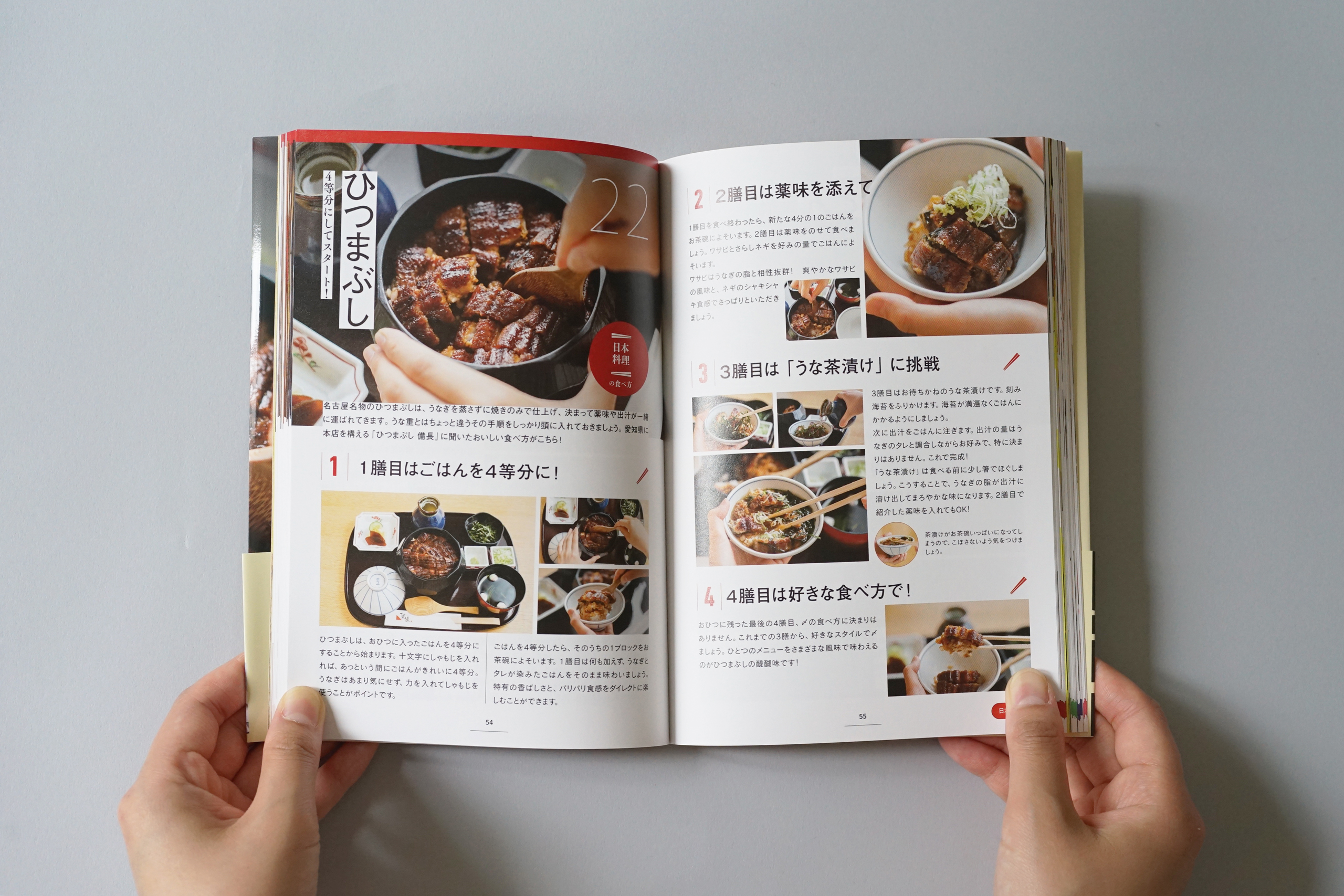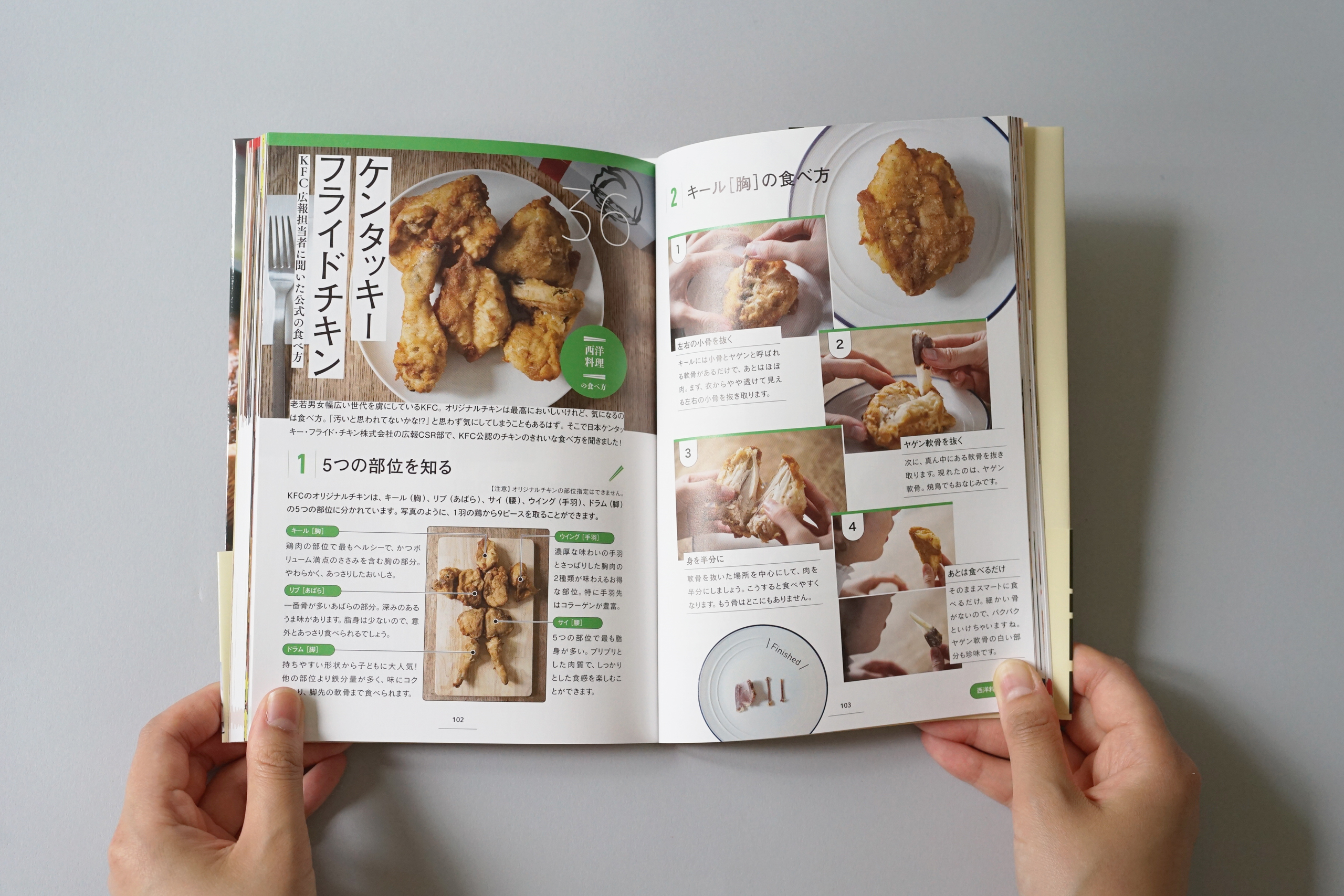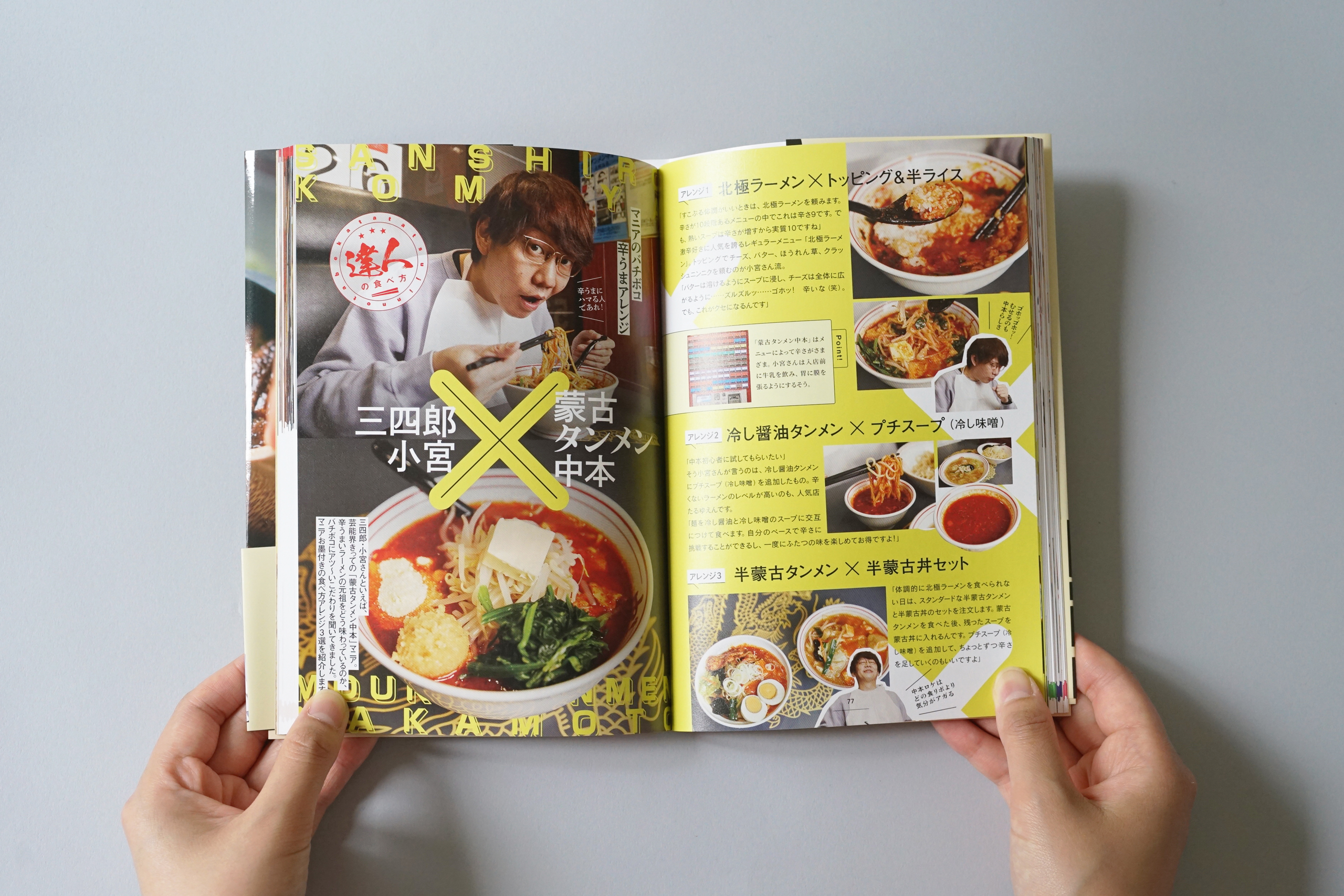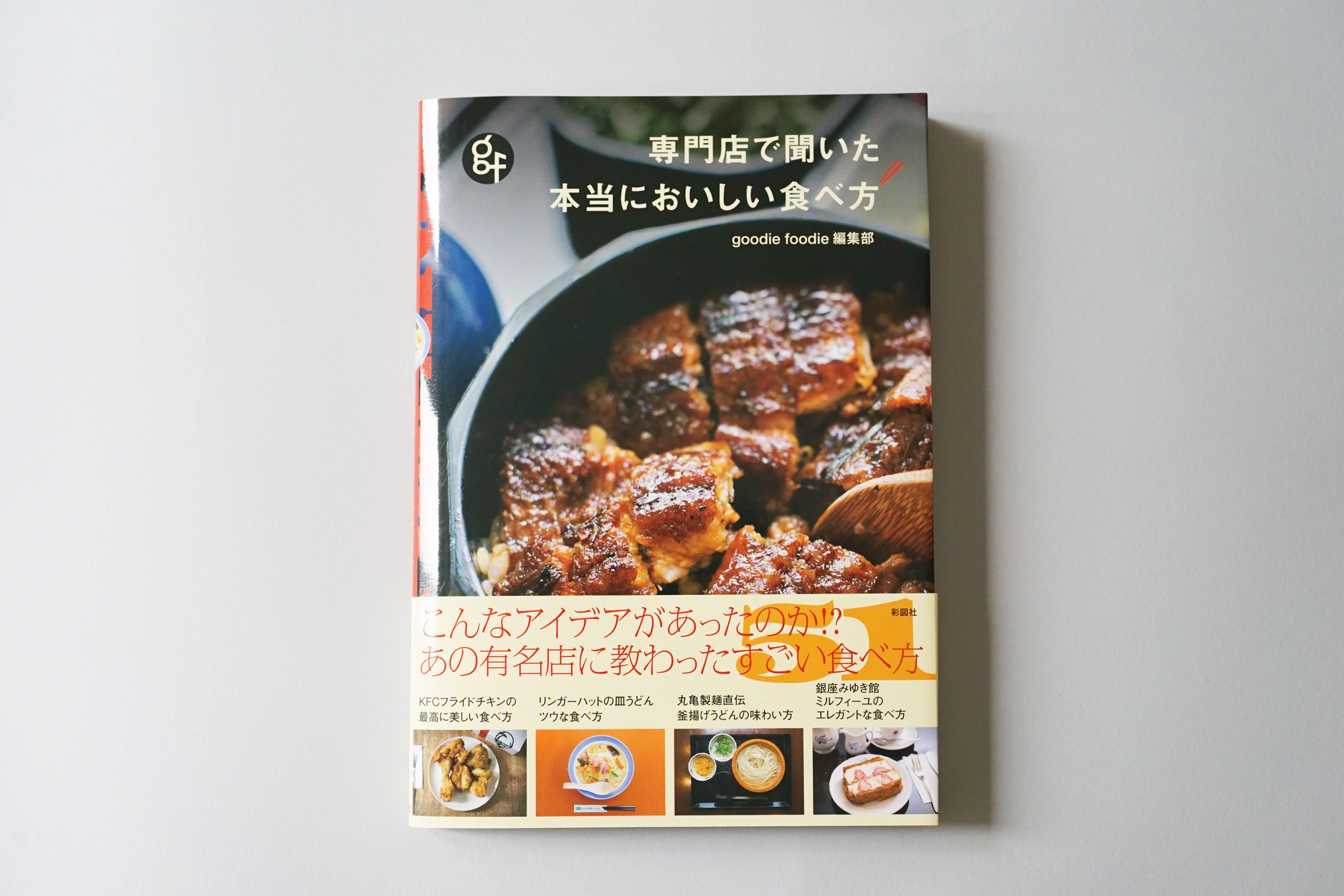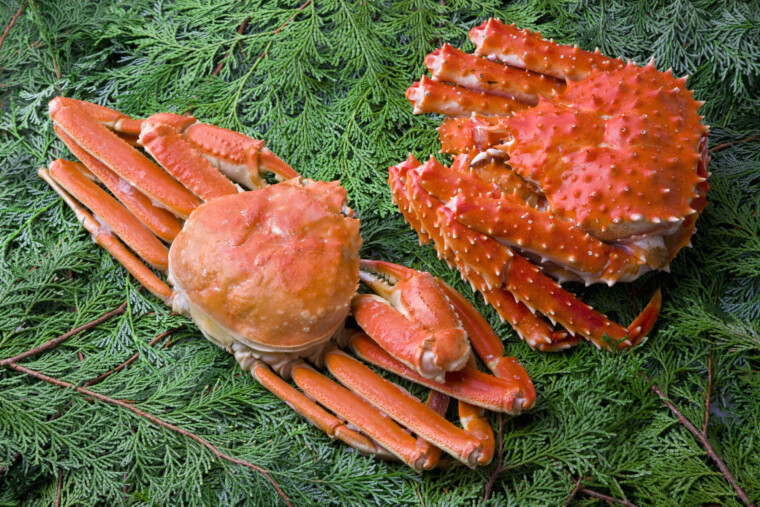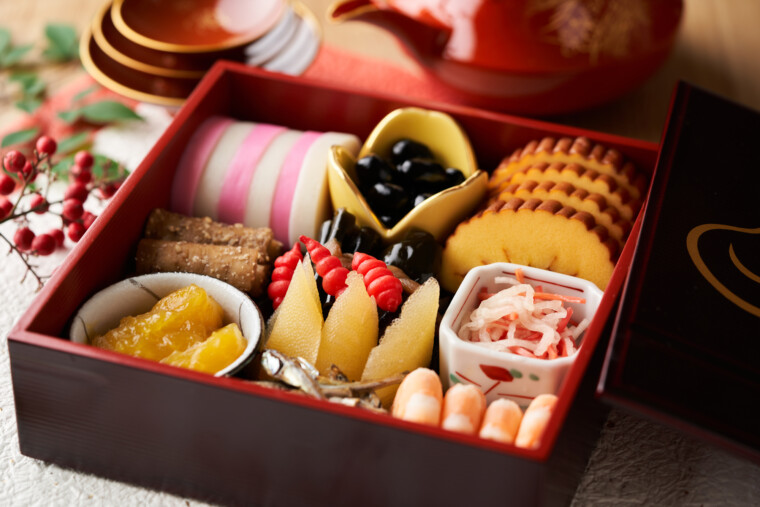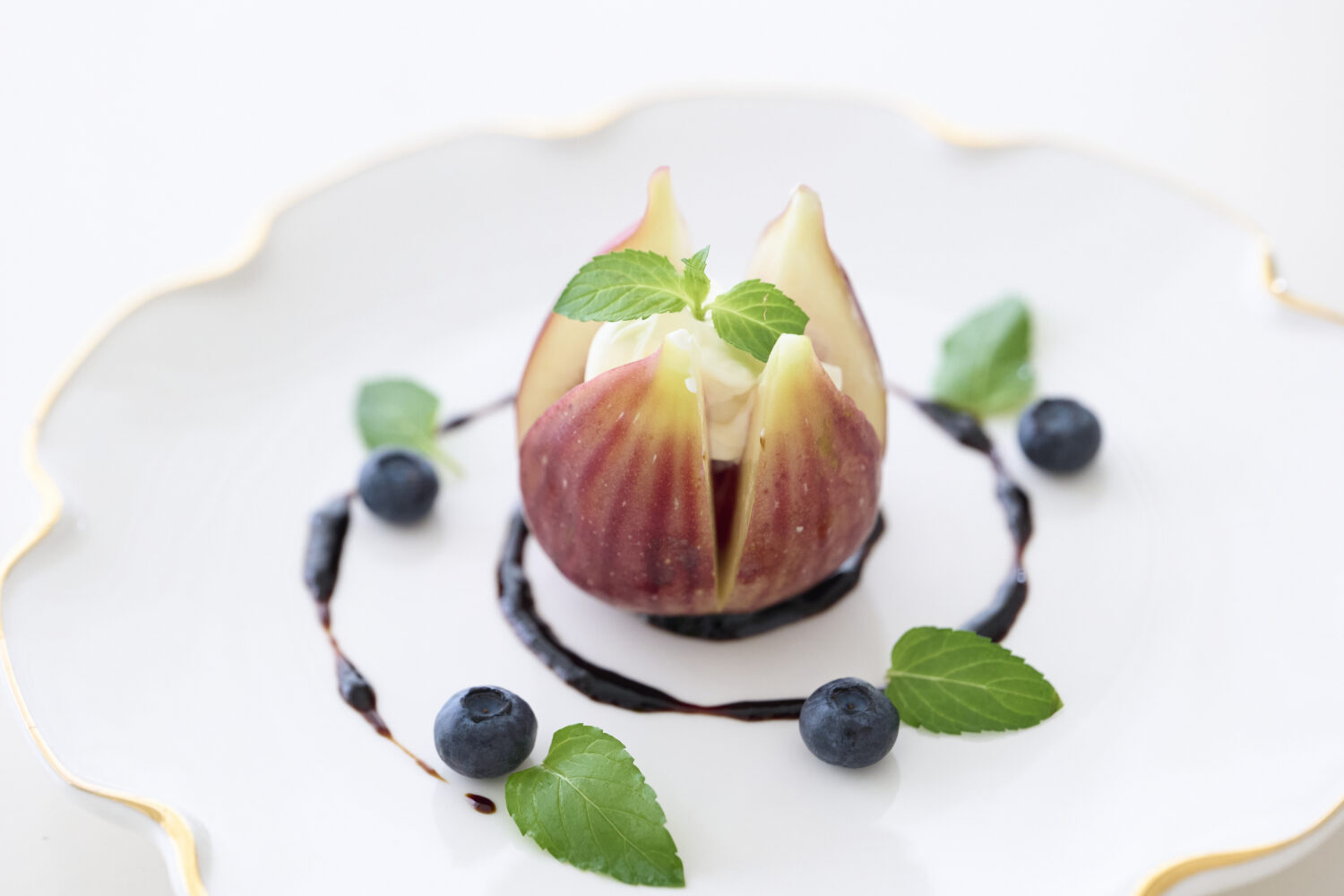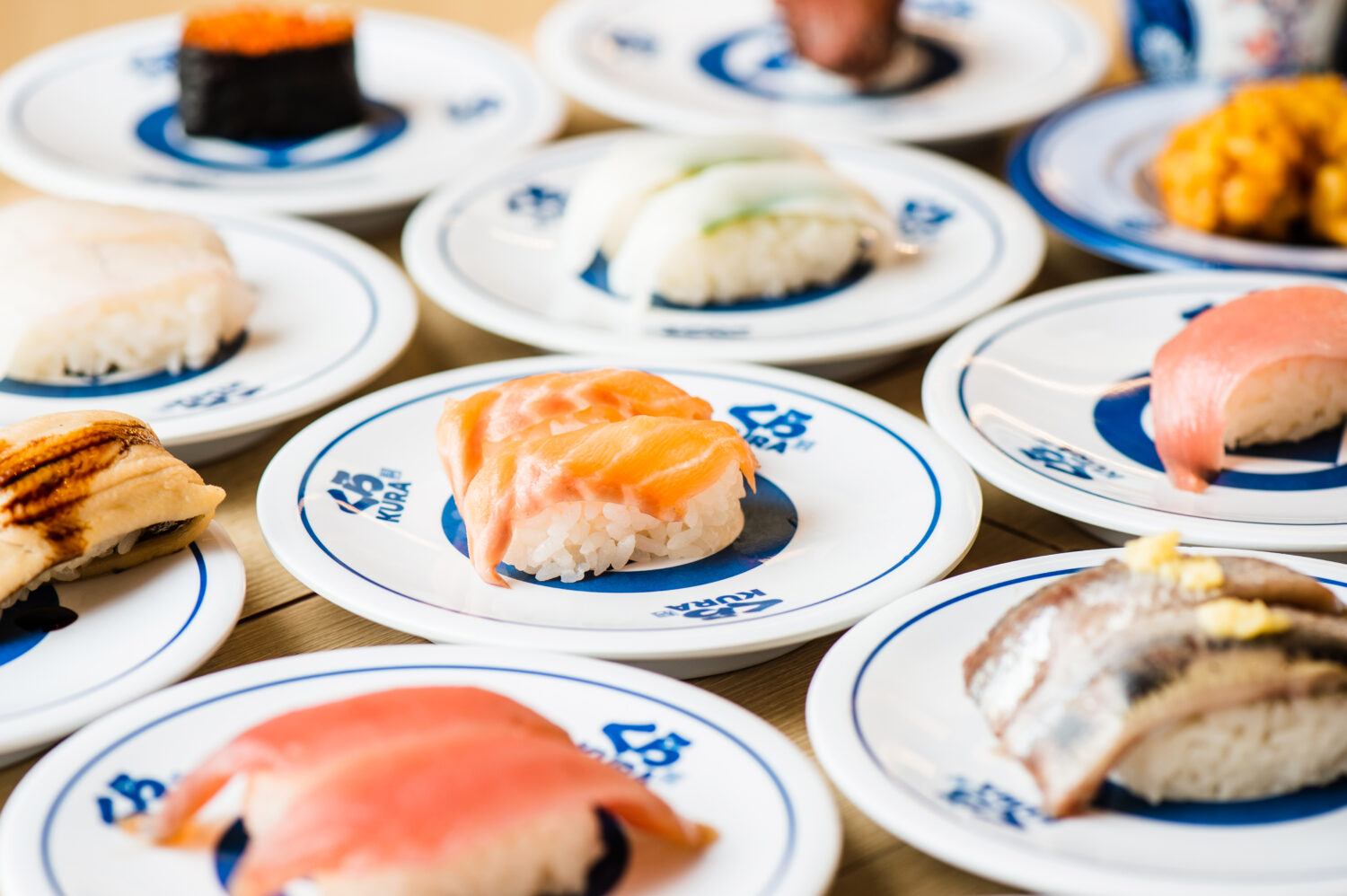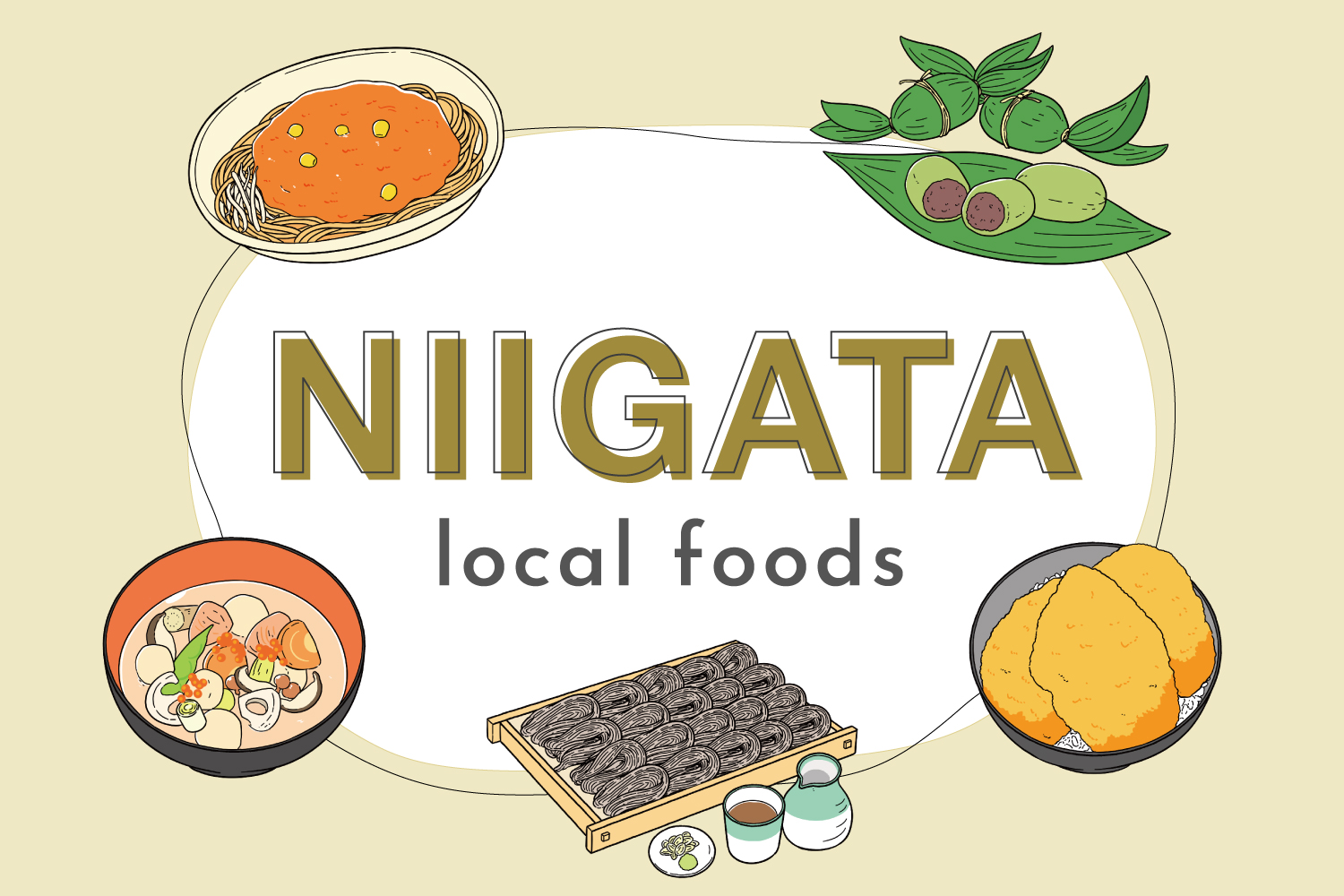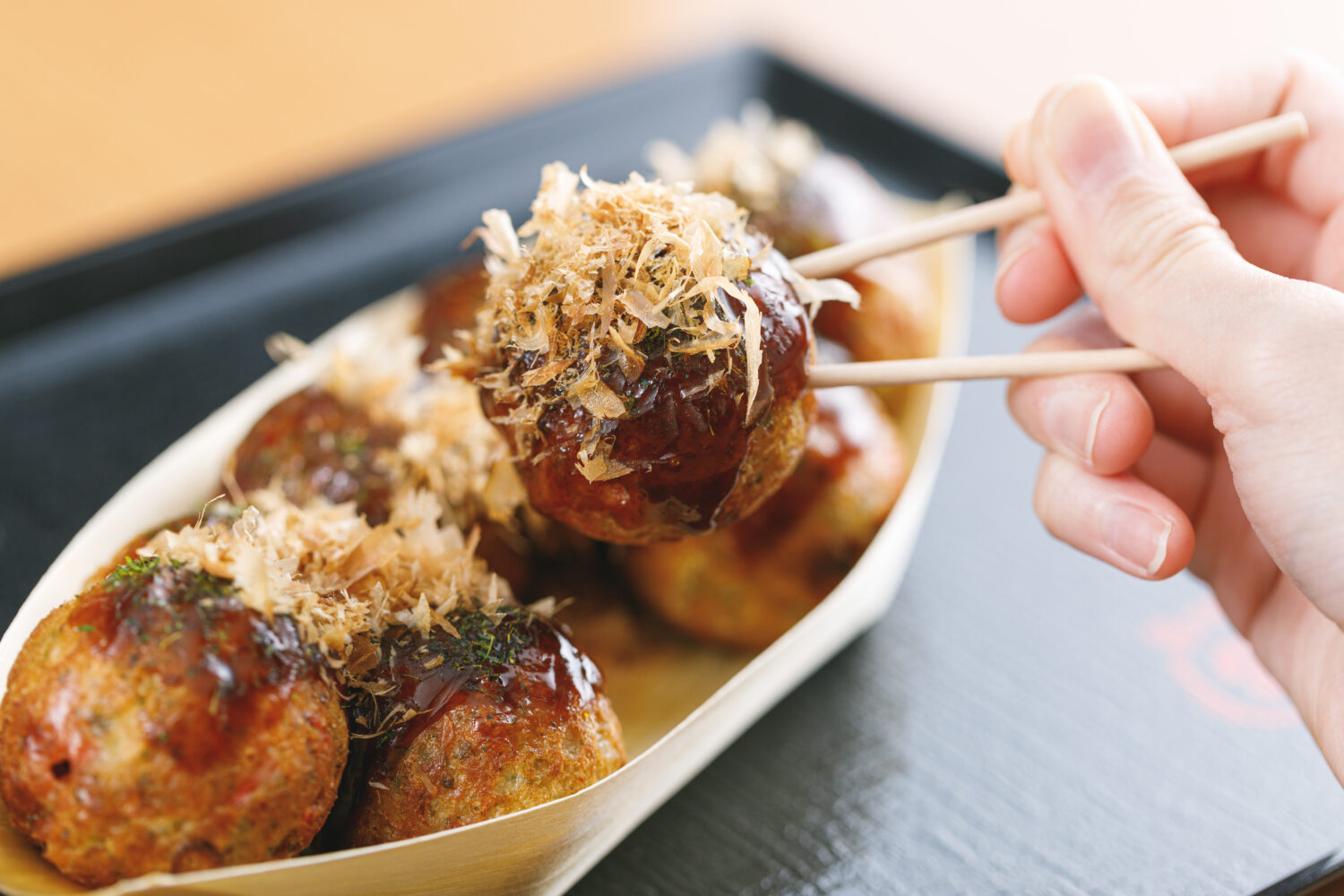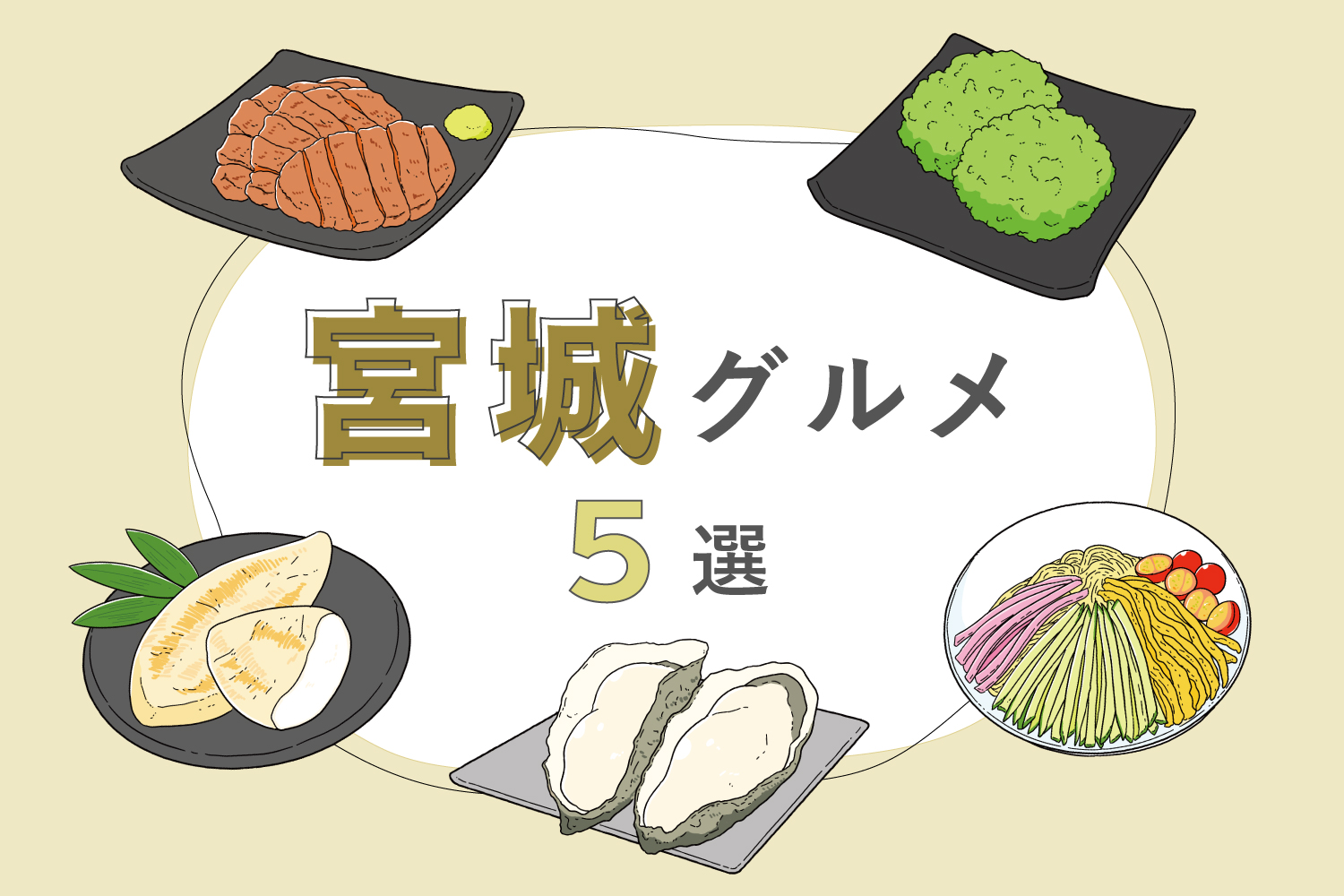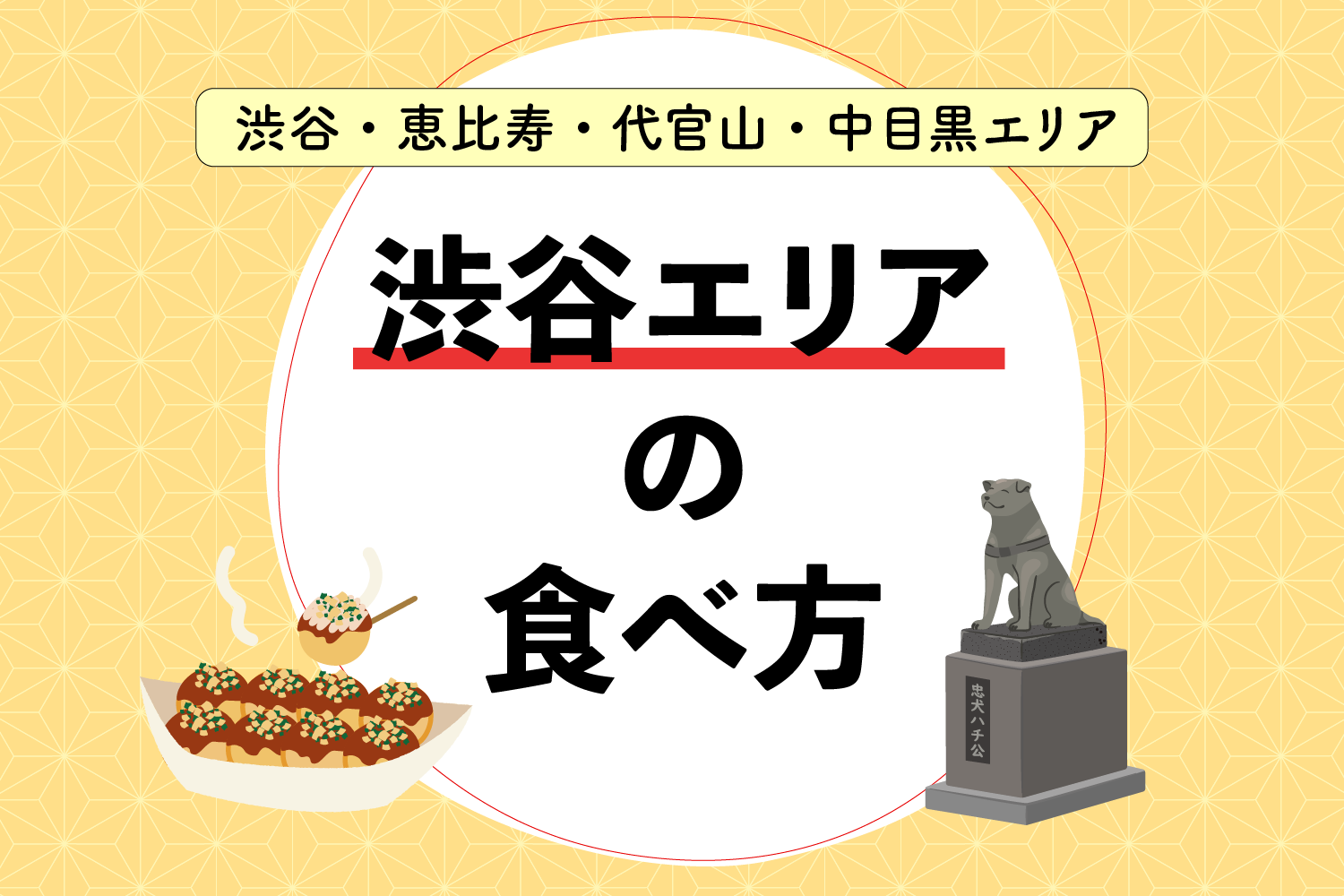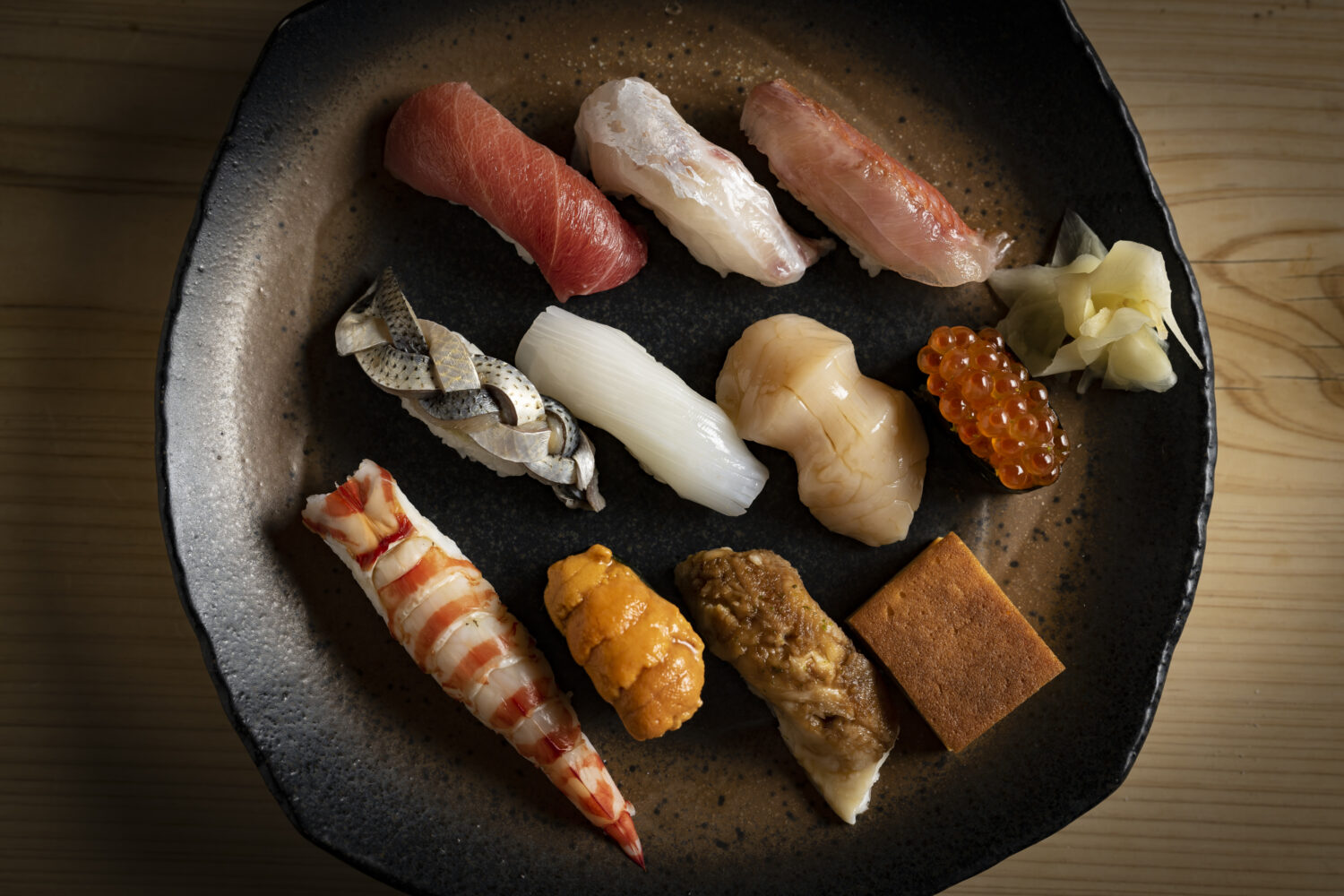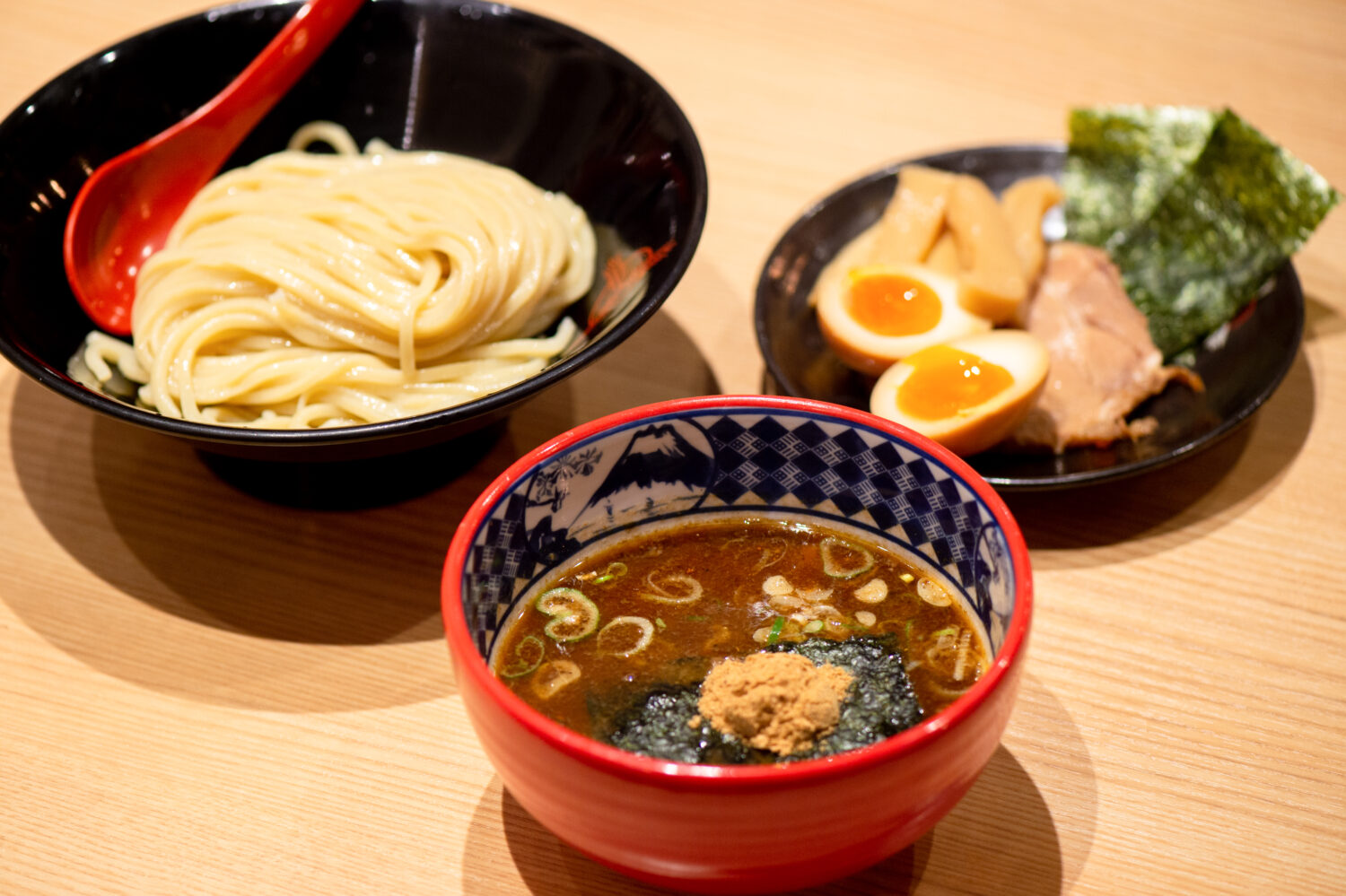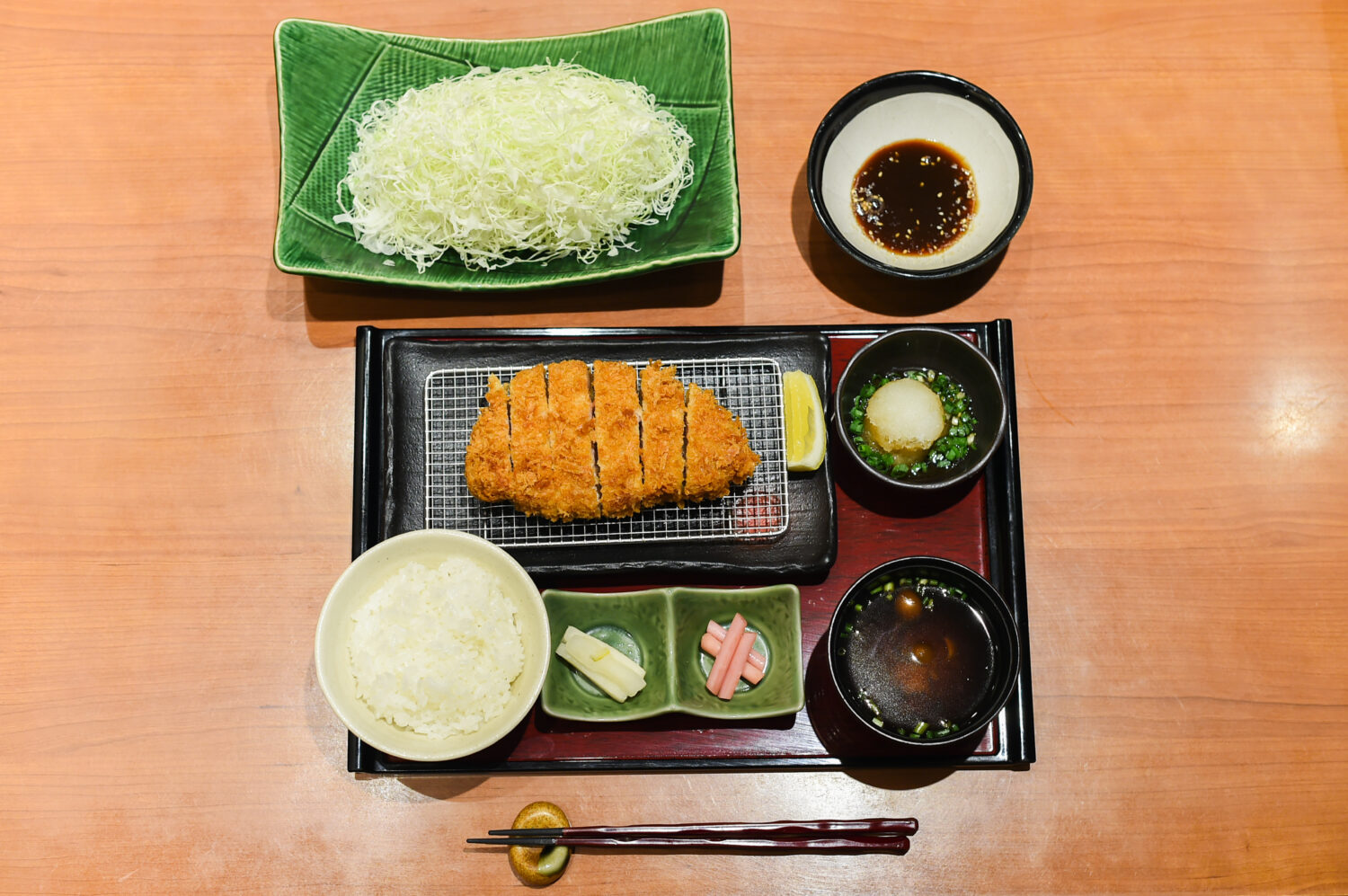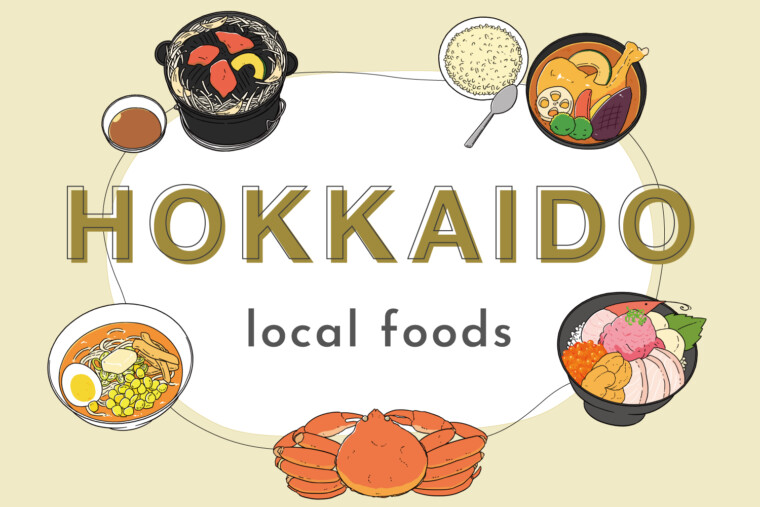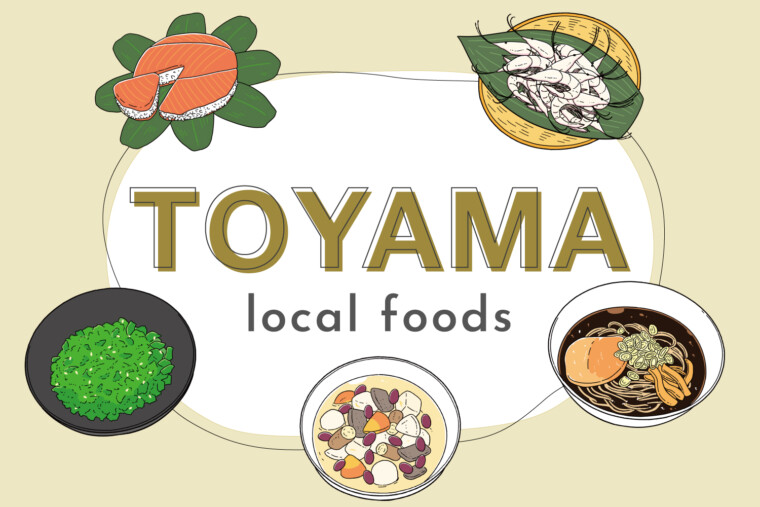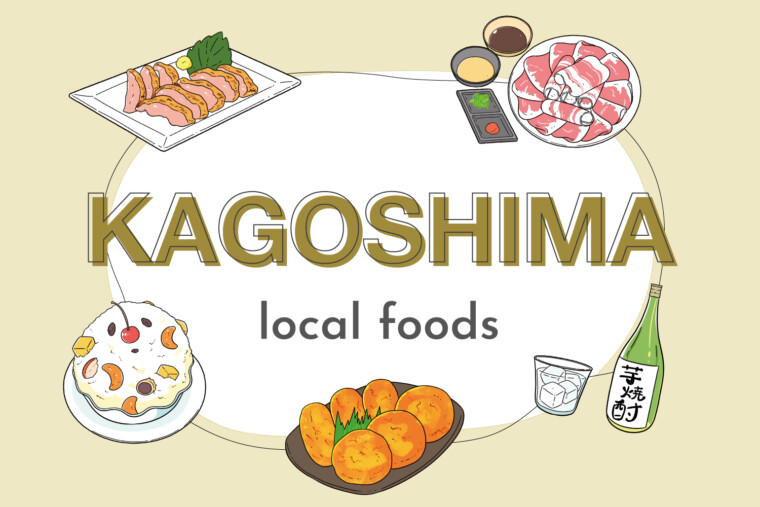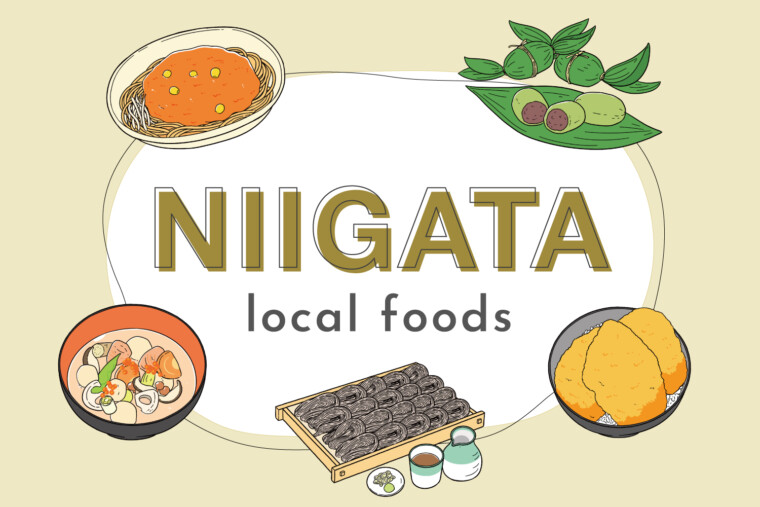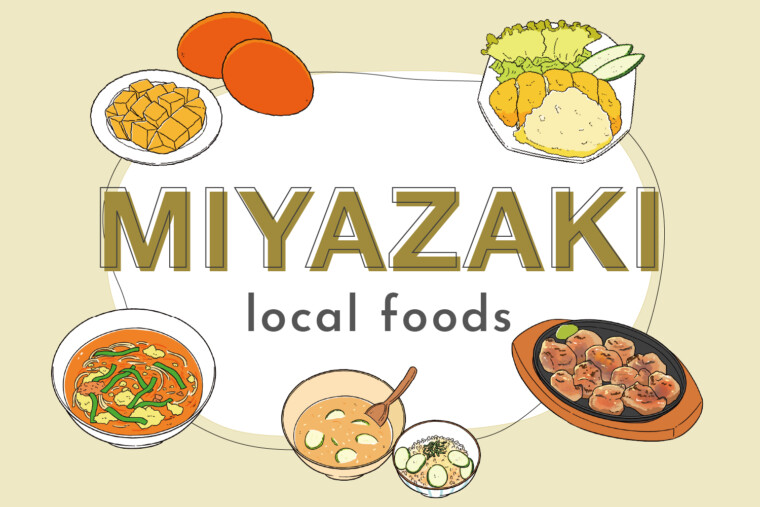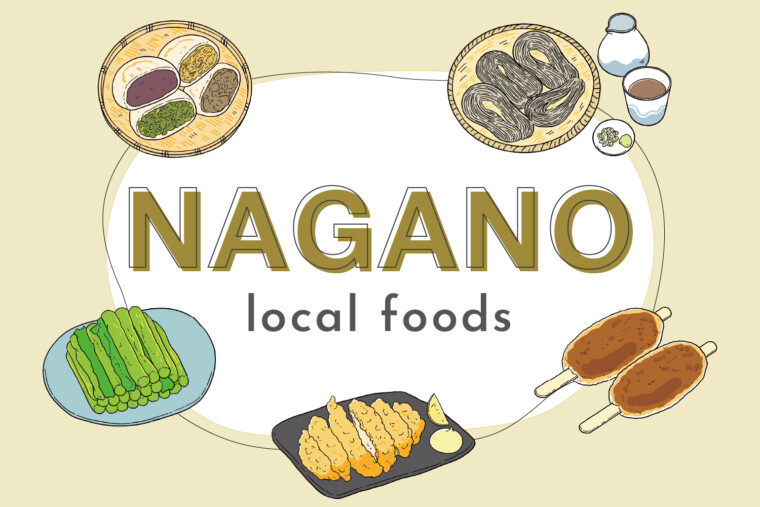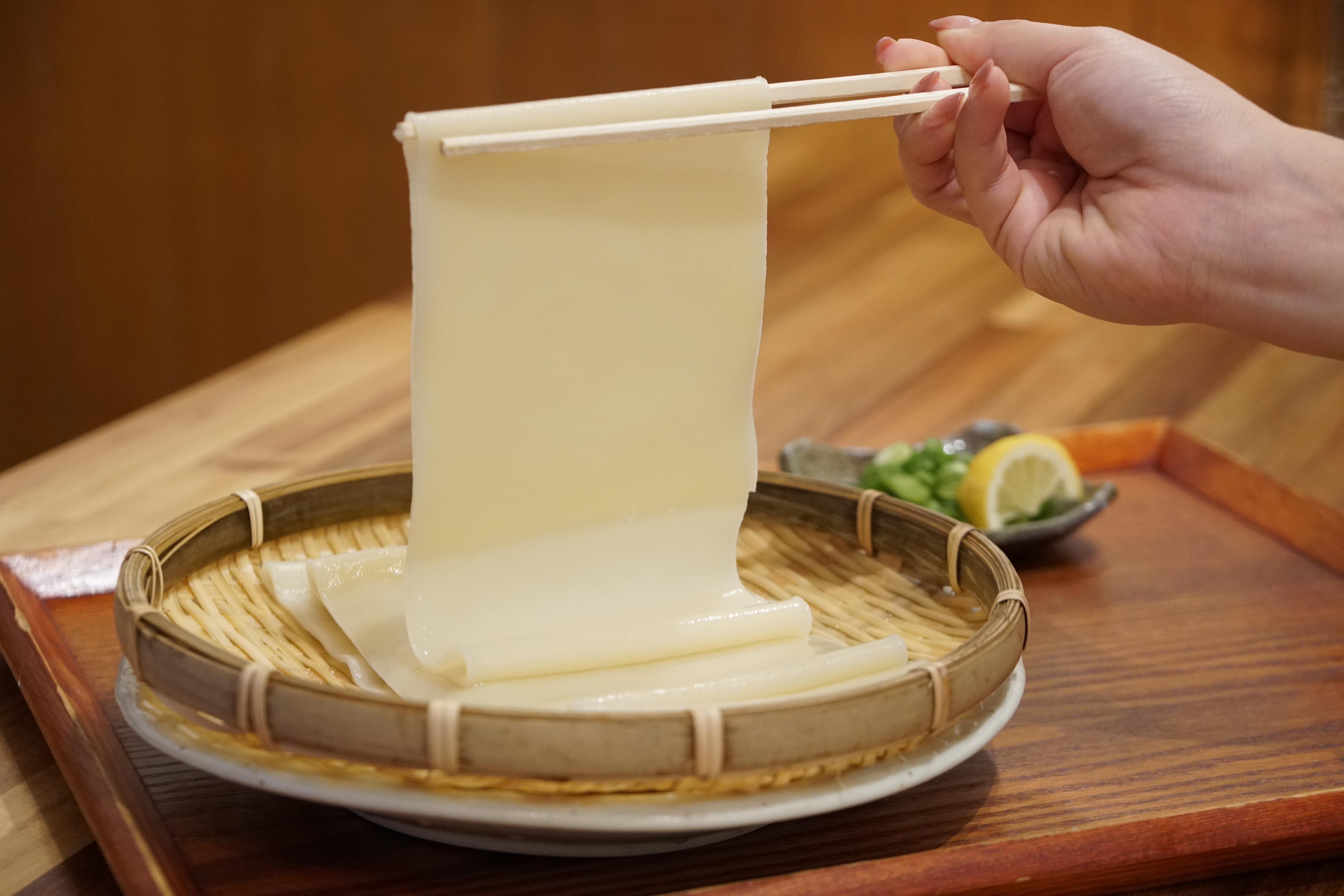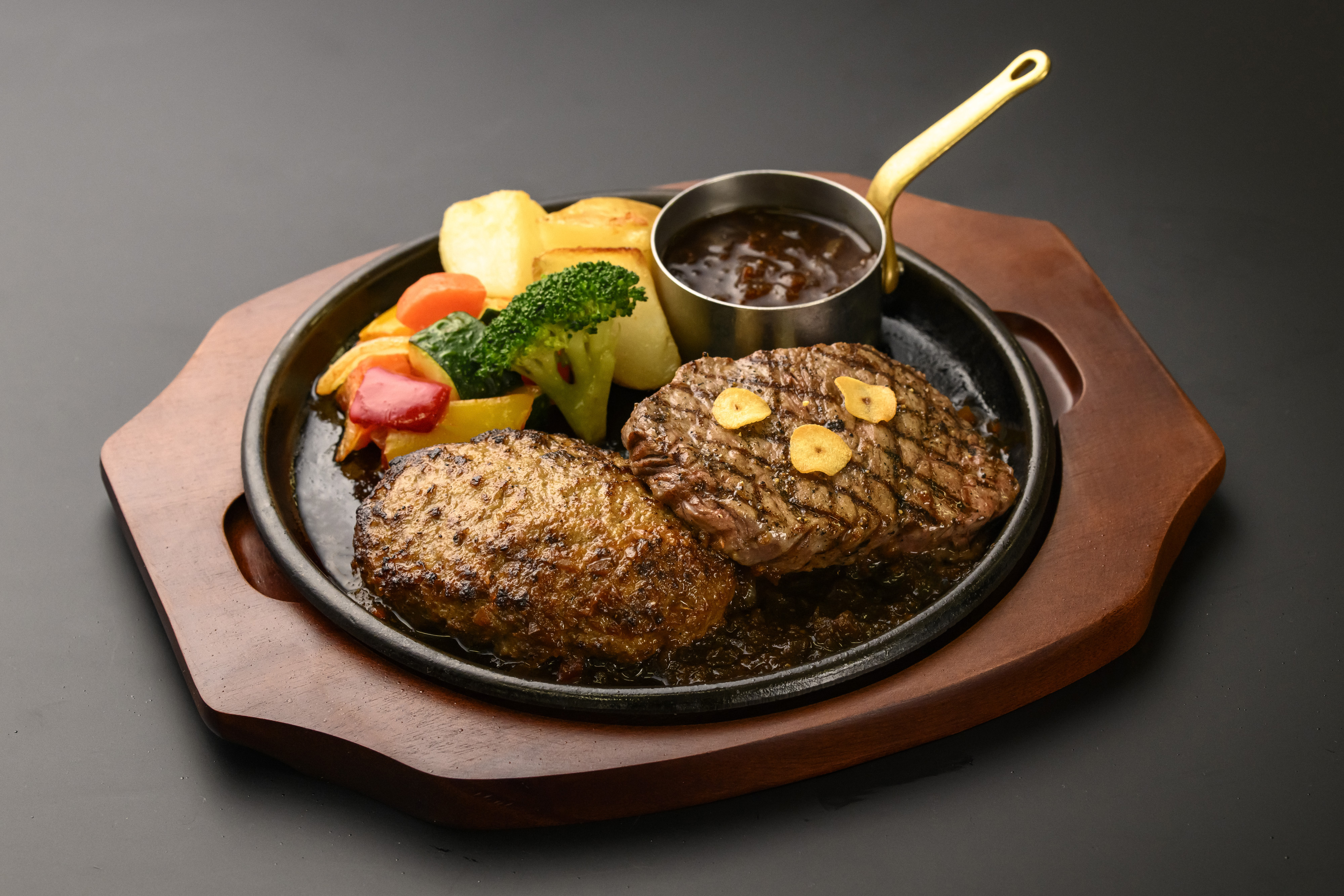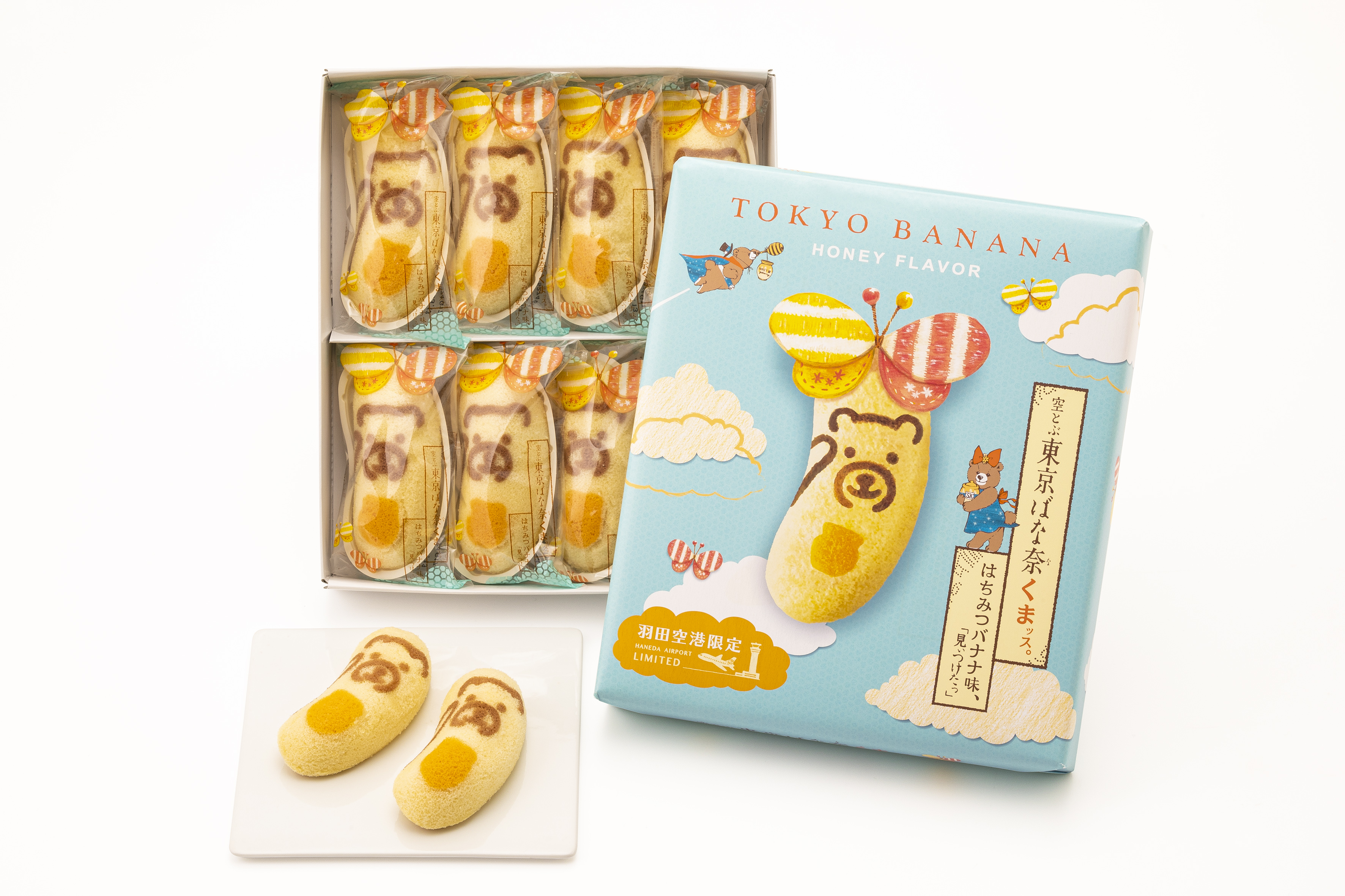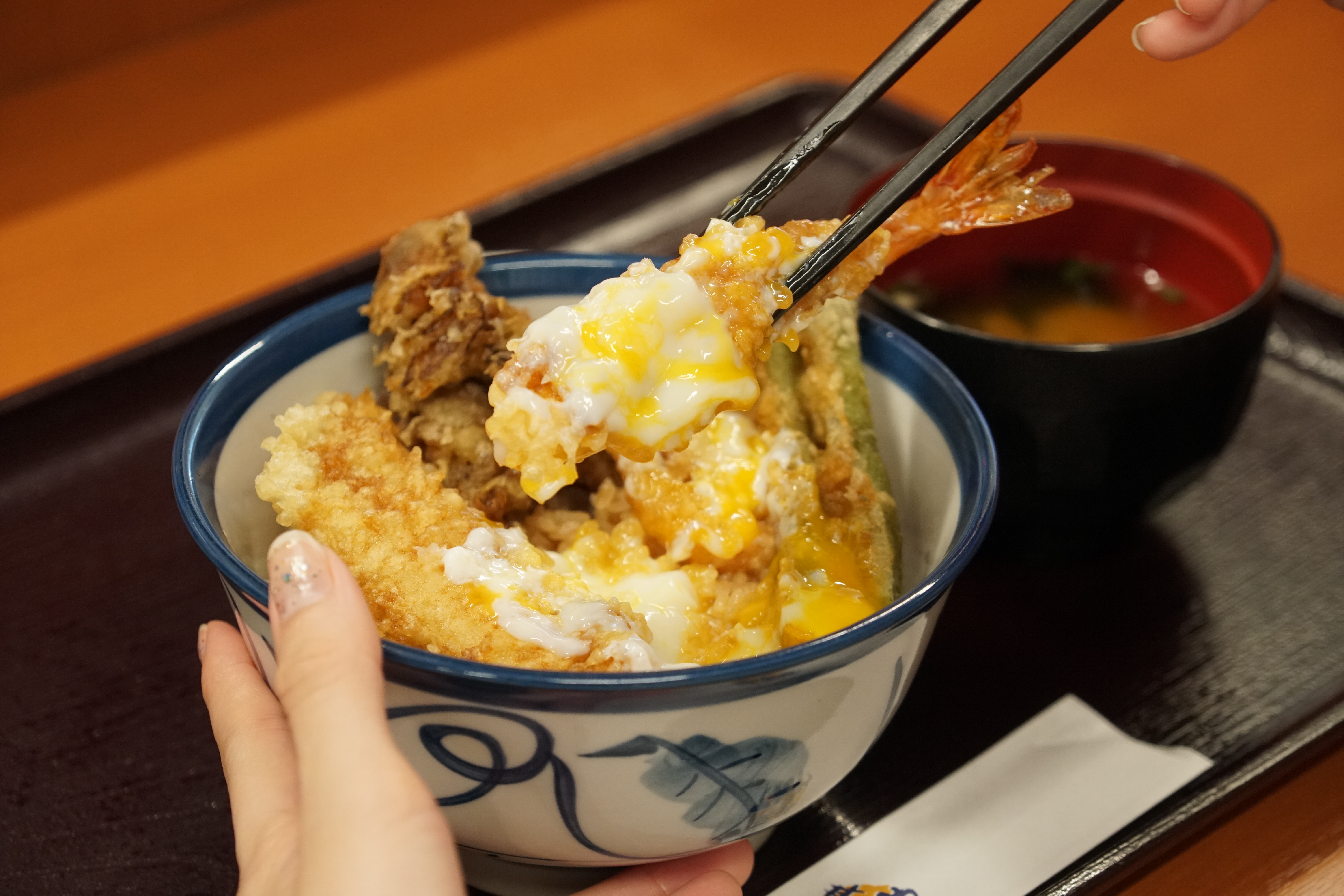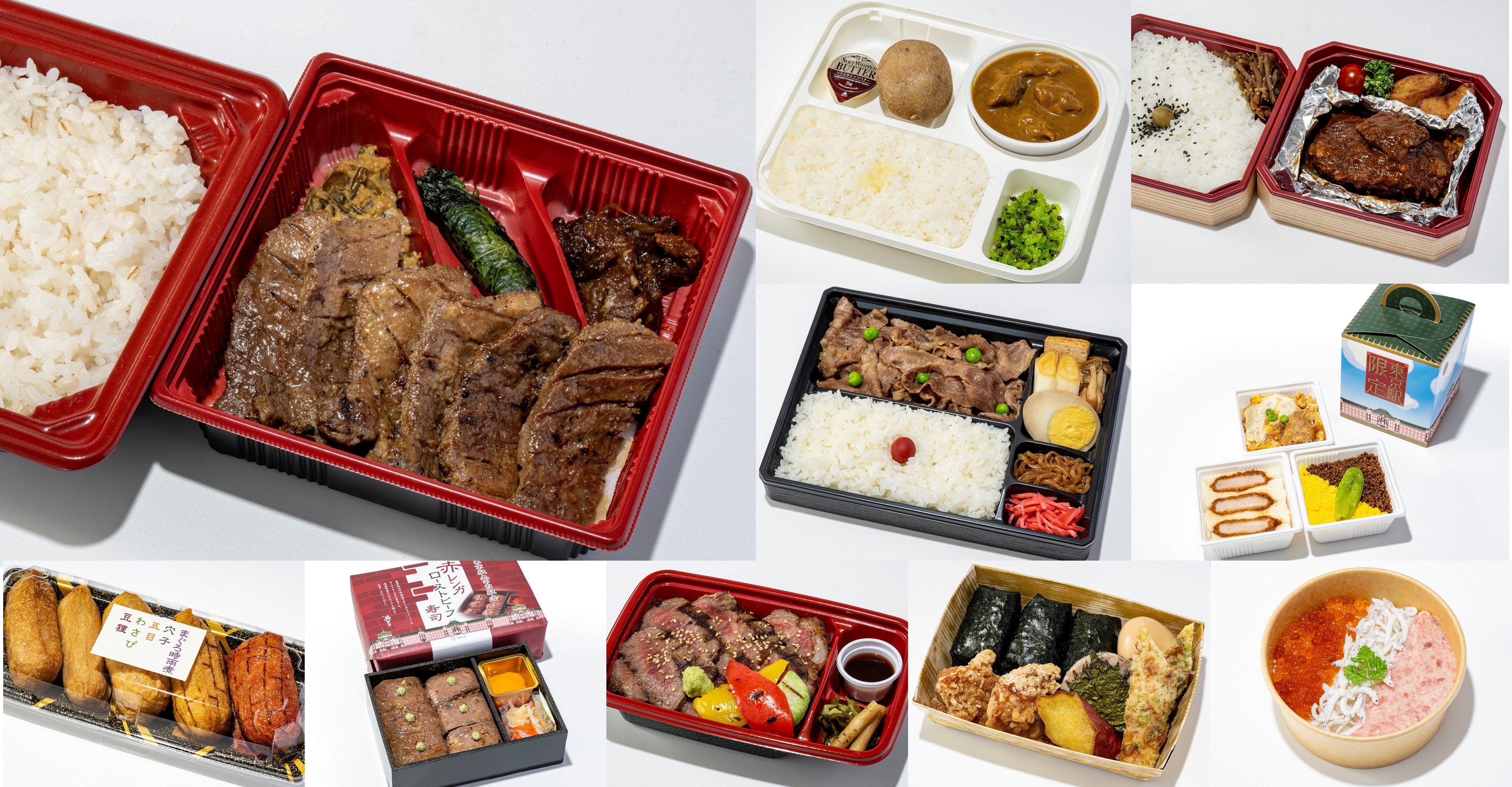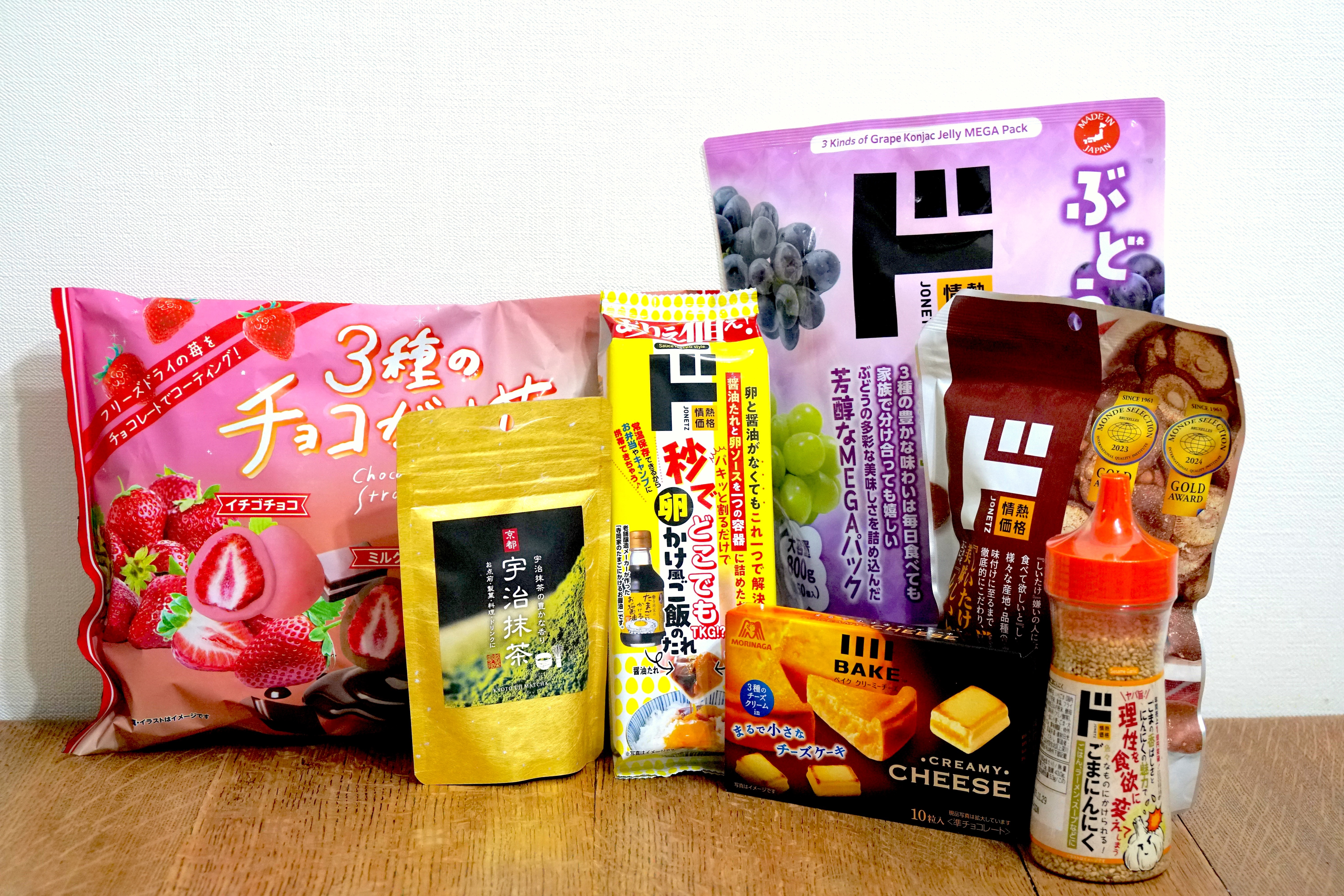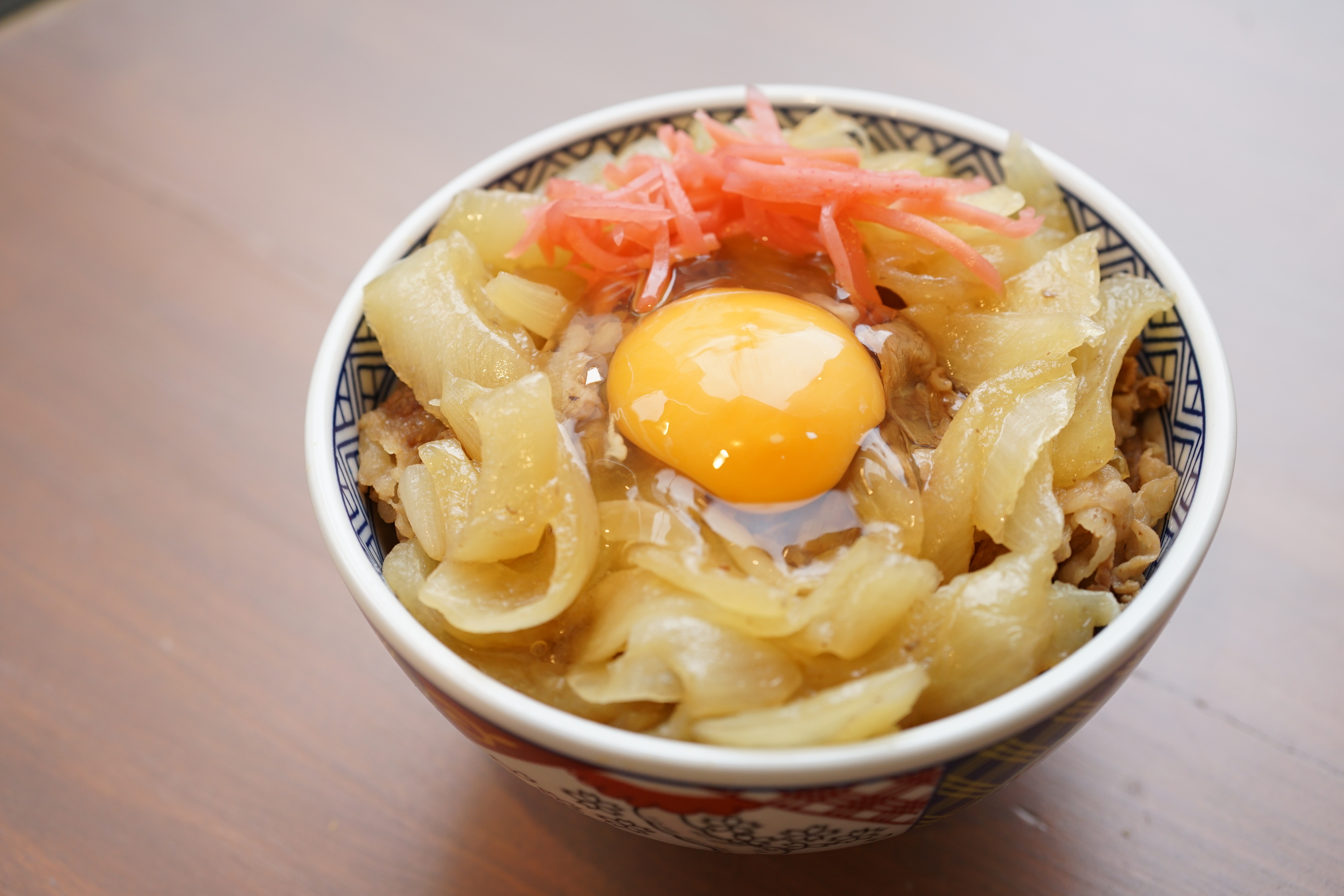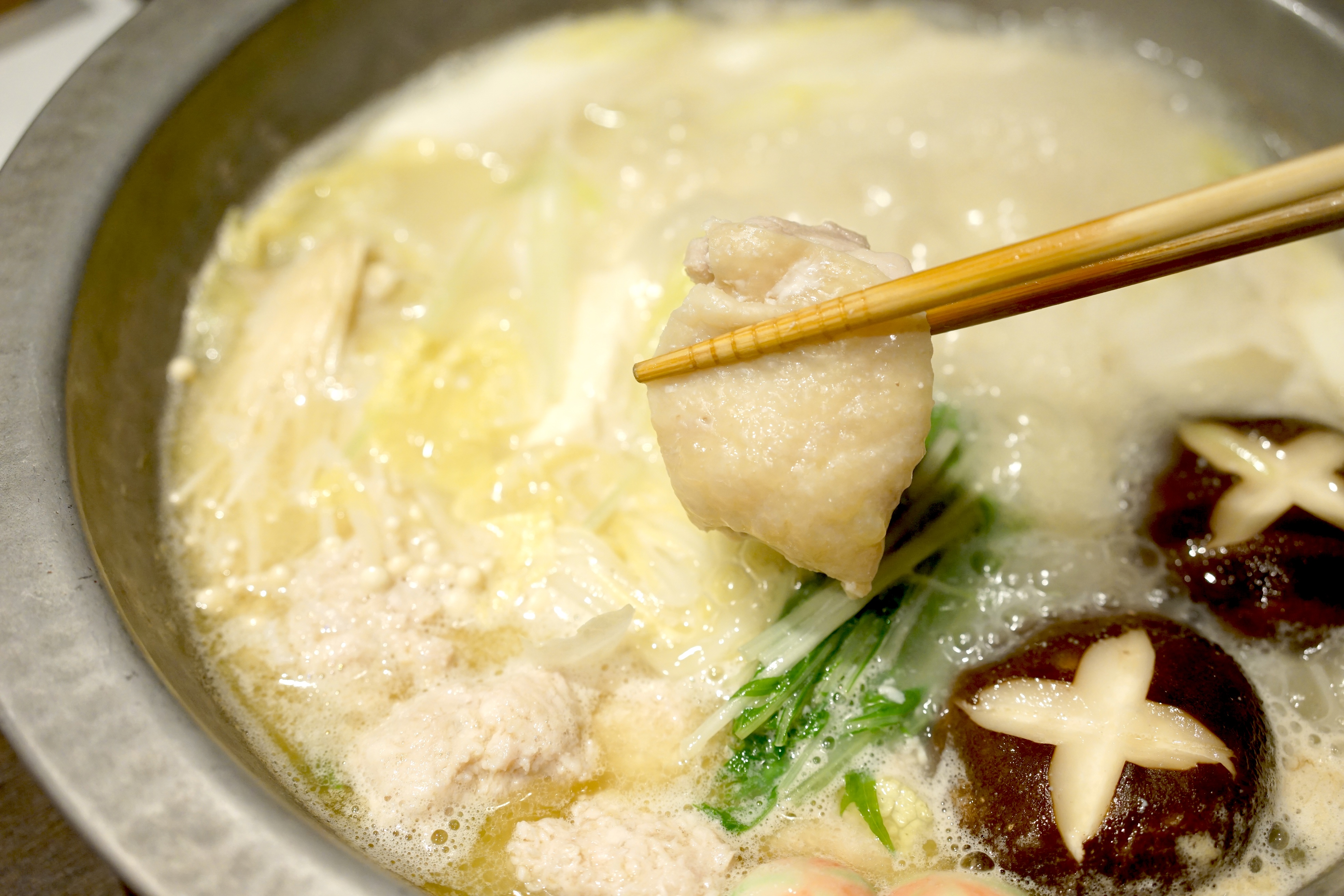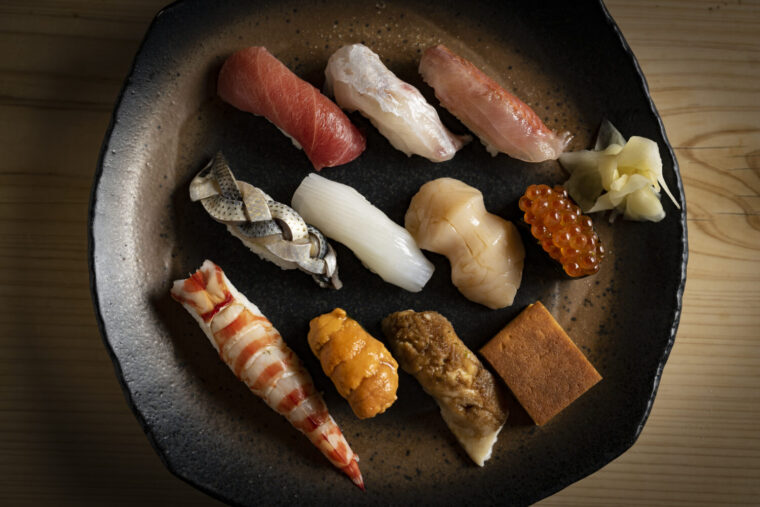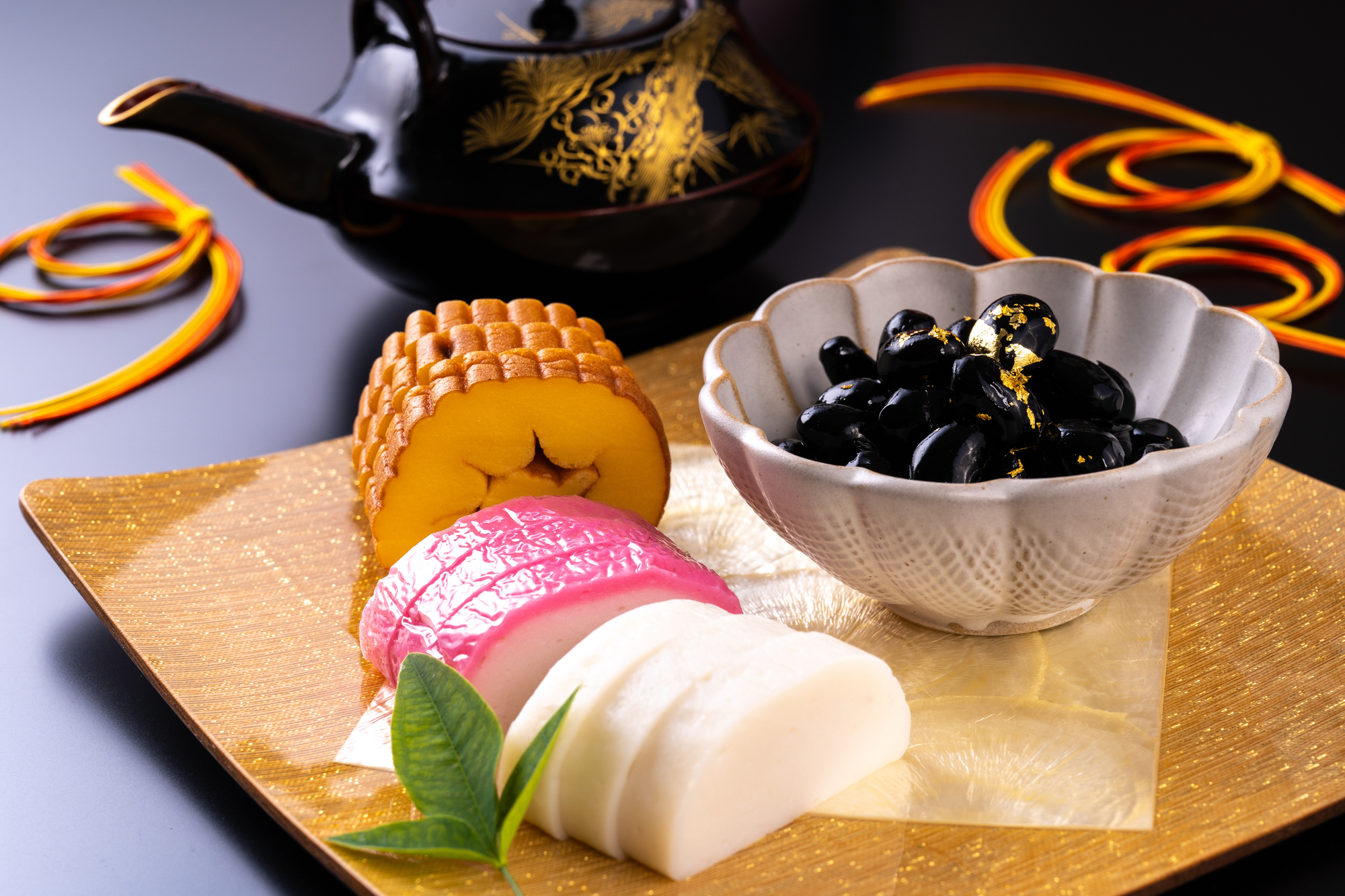
Osechi Ryori: Origins, Symbolic Dishes, and New Year Traditions in Japan
Osechi ryori is a traditional Japanese New Year’s meal that has been cherished for generations. It is considered an auspicious feast that symbolizes prayers for family happiness, with each dish carrying its own special meaning. In this article, we will explore the origins of osechi ryori and the significance behind its various dishes.
share:
Table of Contents
The Origins of Osechi Ryori
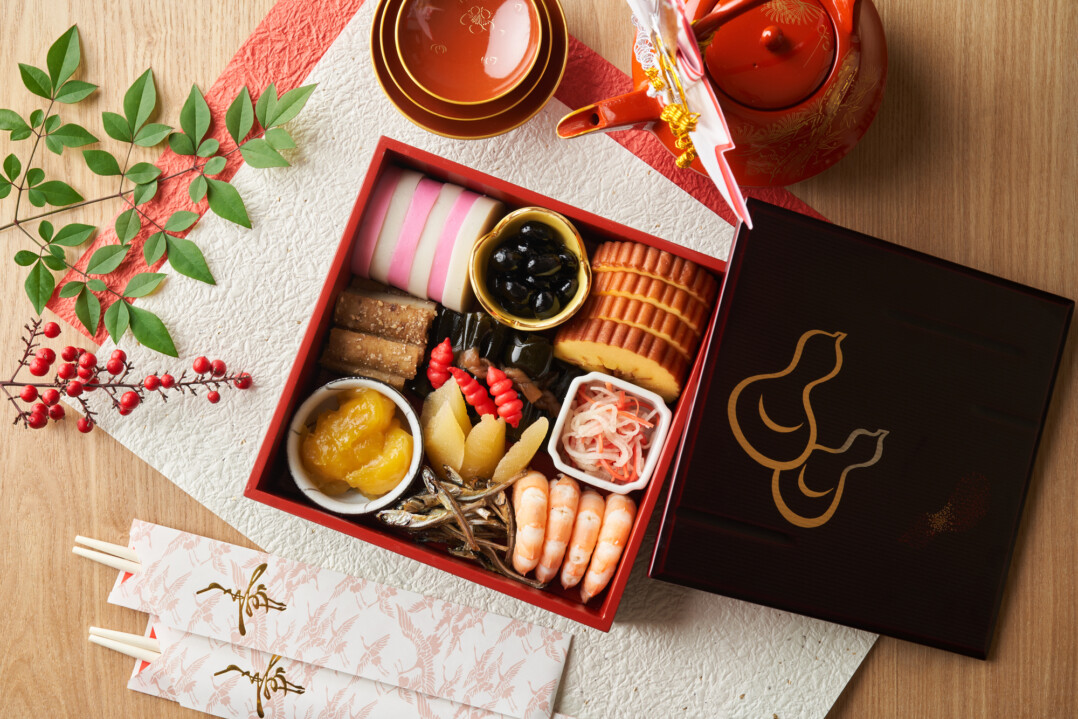
©shige hattori / PIXTA
The origins of osechi ryori can be traced back over 1,000 years to the Yayoi period. It is said to have originally developed from the custom of offering food to the gods. Later, during the Nara and Heian periods, it spread as part of court rituals. By the Edo period, it had become established as a New Year’s tradition among common people, celebrated as a way to mark seasonal transitions. In the Meiji period, it became customary to serve osechi in layered boxes (jubako). Since then, osechi has continued to evolve—ranging from home cooking to mail-order delivery, and incorporating Western and Chinese dishes into the traditional lineup.
Main Dishes in Osechi and Their Meanings
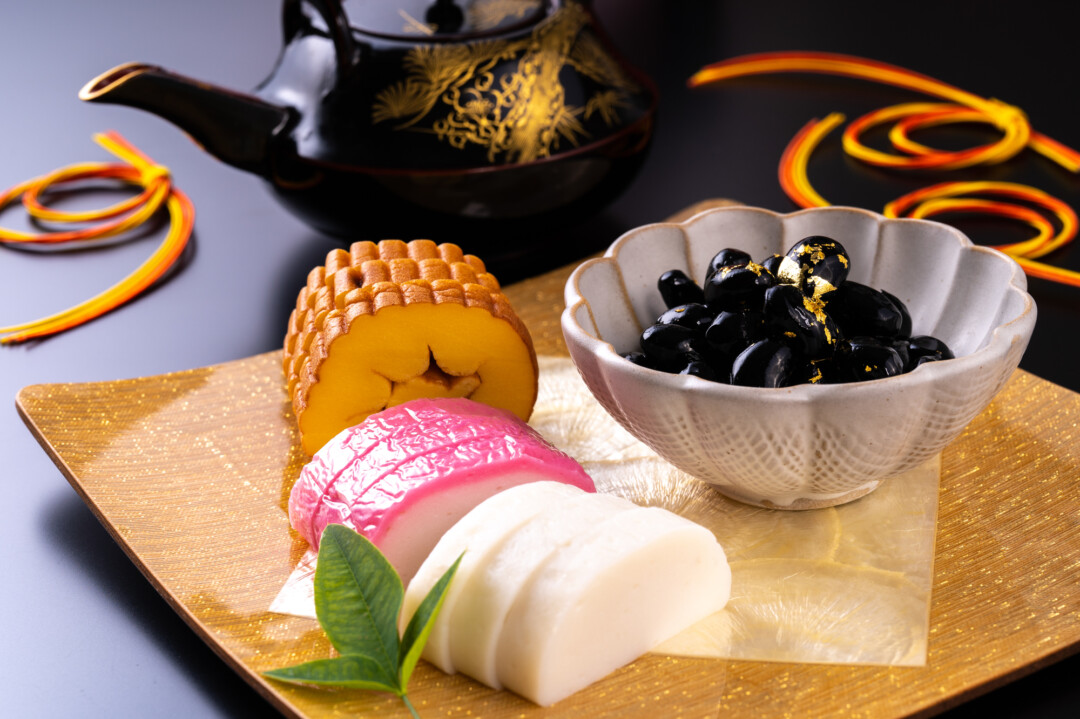
©Promolink / PIXTA
Osechi ryori includes a variety of auspicious dishes, each carrying special meanings.
1. Kazunoko (Herring Roe)
Kazunoko is known for its crunchy texture. Because it contains many tiny eggs, it symbolizes fertility and the wish for prosperous descendants.
2. Kuromame (Black Soybeans)
Glossy and plump kuromame are eaten to pray for health and strength. The word “mame” also implies working diligently, so it conveys the wish to live a healthy, hardworking life.
3. Datemaki (Rolled Sweet Omelet)
Datemaki, with its delicate sweetness and bright yellow color, resembles a scroll. This makes it a symbol of academic achievement and learning.
4. Kombumaki (Kelp Rolls)
Kombumaki is considered indispensable for celebratory occasions. The word “kombu” is associated with “yorokobu” (joy), and the alternative writing “子生婦” implies prosperity of offspring.
5. Kohaku Namazu (Red and White Pickled Vegetables)
Kohaku namasu, made with daikon radish and carrot pickled in vinegar, resembles the red-and-white decorative cords used for gifts. It symbolizes purity and the wish for a harmonious life.
6. Kamaboko (Fish Cake)
The semicircular shape of kamaboko is compared to the rising sun. Each color has meaning: red wards off evil, while white symbolizes purity.
7. Kurikinton (Sweet Chestnut Paste)
Kurikinton, a sweet staple of osechi, is written as “金団” (golden dumpling). It represents the wish for good fortune and prosperity in finances.
These are just a few examples of osechi dishes. Each item embodies wishes and prayers for the New Year, making them wonderful to enjoy with family and friends.
Welcome the New Year with Auspicious Osechi Ryori
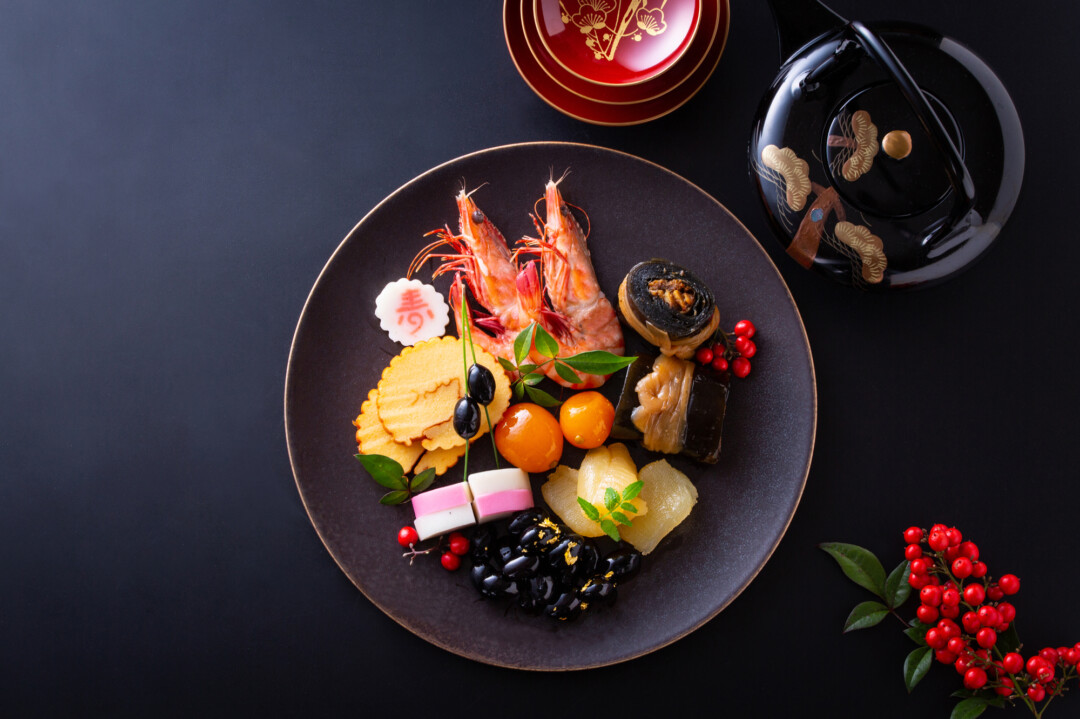
©dejavu / PIXTA
We have looked at the origins and meanings behind osechi ryori. May this guide help you when choosing osechi dishes to celebrate the New Year.
*The information is based on the time of reporting or creation, and may differ from the current situation.
tags:
share:










